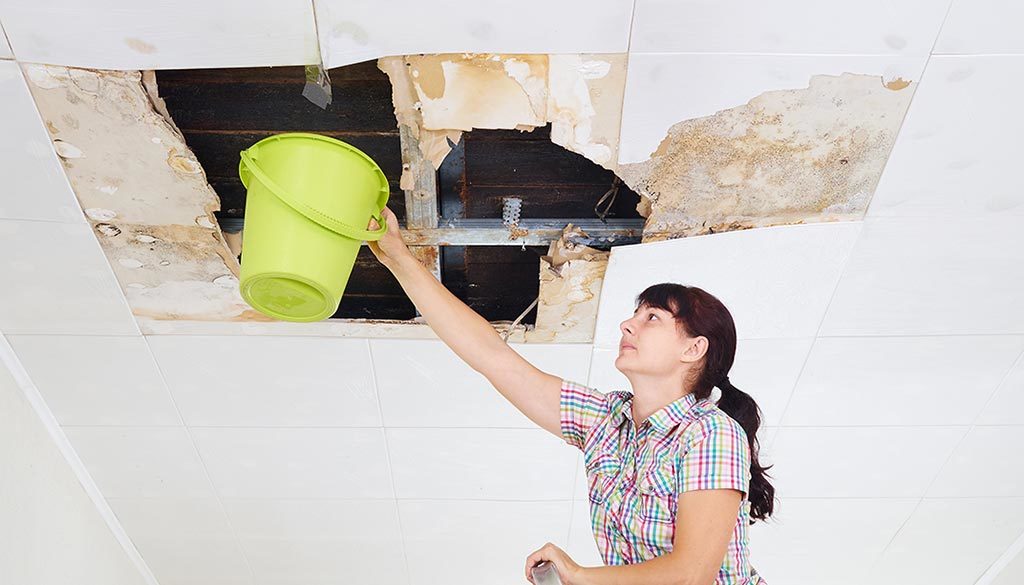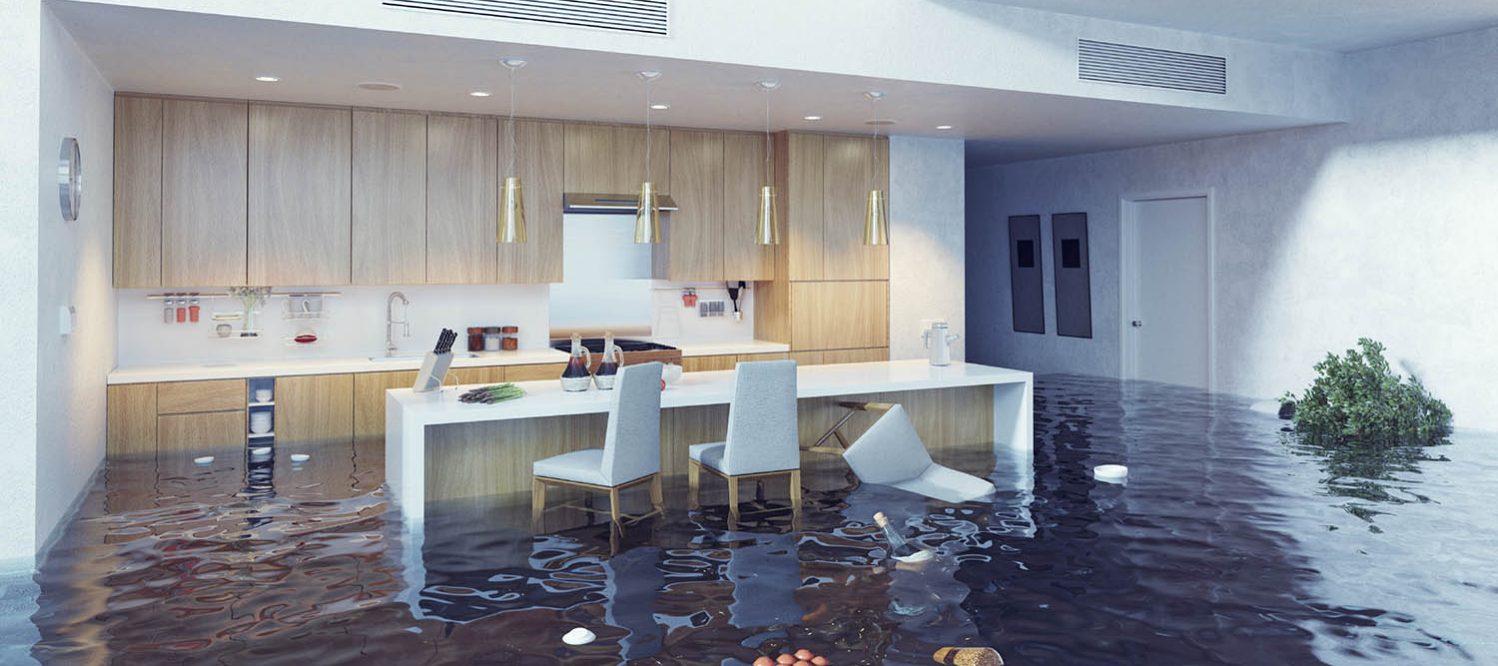Emergency Situation Flooded Basement Cleanup Ballston Spa NY: Swift Feedback for Water Damages
Emergency Situation Flooded Basement Cleanup Ballston Spa NY: Swift Feedback for Water Damages
Blog Article
Efficient Water Reduction Strategies You Need to Know
Water damages can be a costly and disruptive issue for property proprietors, making it vital to be well-versed in reliable water reduction techniques. From very early detection and inspection to efficient water extraction techniques and comprehensive drying out methods, there are vital steps to take in mitigating water damages.

Early Detection and Assessment
Very early detection and evaluation are vital action in the procedure of water reduction to recognize and address potential sources of water damage immediately. By carrying out normal analyses of pipes systems, devices, and architectural components, water reduction professionals can proactively determine locations at risk to leakages, condensation, or flooding. Via detailed inspections using sophisticated innovation such as wetness meters and thermal imaging video cameras, professionals can spot covert water invasion that may not be right away visible to the naked eye. Recognizing these concerns beforehand can stop additional acceleration of water damage, ultimately conserving time and sources in the mitigation procedure.
Moreover, very early detection allows for speedy action to be taken in drying impacted areas and applying necessary repair services to avoid mold and mildew development, structural damage, and other lasting repercussions of water damages. Timely treatment not only mitigates the instant impact of water invasion but also helps in maintaining the stability and security of the building in the future. For that reason, focusing on very early detection and assessment as essential parts of water mitigation methods is important for reliable troubleshooting and remediation initiatives.
Reliable Water Extraction Methods
Detection and assessment are essential action in any type of water reduction procedure, laying the structure for efficient water extraction techniques to quickly get rid of excess water from affected areas. Once the degree of water damage is examined, it is crucial to utilize reliable removal strategies promptly. Water extraction can be achieved through various methods, consisting of the usage of powerful pumps, wet vacuums, and dehumidifiers.
Professional water mitigation teams typically use submersible pumps to rapidly remove large quantities of water from the premises. These pumps are capable of extracting water at a fast speed, lessening the danger of additional damage to the building. Damp vacuum cleaners are additionally generally made use of to target smaller sized areas or hard-to-reach spaces where standing water persists.
In addition, dehumidifiers play a vital function in the water removal process by decreasing moisture degrees airborne and speeding up the overall drying out time - water mitigation company malta ny. By combining these removal approaches tactically, water mitigation specialists can successfully draw out water, minimize damages, and avoid mold development, eventually recovering the afflicted area to its pre-loss problem
Thorough Drying Strategies
To make certain detailed water damage reduction, extensive drying methods are important in removing recurring moisture and protecting against prospective architectural problems. After water removal, the focus changes to drying out the affected locations completely. One efficient method is the usage of industrial-grade dehumidifiers to reduce moisture levels, helping in the dissipation of wetness from surface areas and materials. Appropriate air movement is important for drying, and professionals may purposefully place air moving companies to enhance flow and accelerate the drying procedure.
In cases of water damages, porous products like drywall and carpets can trap moisture, causing mold and mildew development and architectural weakening otherwise properly dried. To address this, experts might make use of specialized tools such as dampness meters to measure moisture levels within materials, guaranteeing complete drying out. In addition, the elimination of walls or piercing tiny openings in wall surfaces might assist in drying out in wall tooth cavities where wetness can remain unnoticed.
Mold And Mildew Prevention and Remediation
Adhering to the detailed drying out methods in water mitigation, the emphasis now shifts in the direction of addressing mold and mildew prevention and removal to safeguard versus prospective health and wellness hazards and structural damages. Mold and mildew can swiftly establish in areas influenced by water damage, posing severe health and wellness threats and endangering the honesty of the building. To avoid mold and mildew growth, it is essential to without delay eliminate any kind of water-damaged materials, as well as thoroughly clean and disinfect the influenced areas. Correct ventilation and dehumidification additionally play crucial duties in mold avoidance by decreasing dampness levels that advertise mold development.
It is essential to address mold and mildew problems without delay and properly to avoid additional damages and ensure the safety and security of owners. By executing these mold avoidance and removal methods, the risks linked with water damages can be substantially decreased.
Architectural Fixing and Reconstruction

Restoration initiatives commonly prolong past architectural repair services to include aesthetic improvements. Repainting wall surfaces, replacing flooring, and dealing with any type of visible water discolorations are typical practices. It is essential to not just repair the architectural damages but also to bring back the aesthetics of the room. Additionally, resolving any lingering dampness issues and making certain appropriate ventilation can assist prevent future architectural damages and mold and mildew growth. By immediately and properly dealing with architectural issues post-water damages, property proprietors can safeguard their structures and restore them to their pre-damage condition.
Conclusion
Finally, reliable water mitigation techniques such as very early detection, effective water removal, comprehensive drying out, mold and mildew avoidance, and architectural repair are important in minimizing damage and bring back impacted locations (water removal ballston spa ny). By following these steps carefully, homeowner can mitigate the impact of water damage and avoid more concerns such as mold and mildew development. It is vital to act without delay and use these strategies to ensure an effective water visit this website reduction procedure
Water damage can be a costly and disruptive concern for residential or commercial property owners, making it essential to be fluent in reliable water reduction methods. From early detection and examination to reliable water removal techniques and comprehensive drying out methods, there are vital steps to take in mitigating water damages.Very early detection and inspection are critical actions in the process of water mitigation to identify and deal with potential sources of water damage promptly.Discovery and evaluation are vital actions in any type of water mitigation procedure, laying the foundation for reliable water removal methods to swiftly remove excess water from influenced my latest blog post locations.In conclusion, effective water mitigation methods such as very early detection, efficient water removal, complete drying, mold and mildew prevention, and architectural repair work are critical in minimizing damages and restoring affected areas.
Report this page